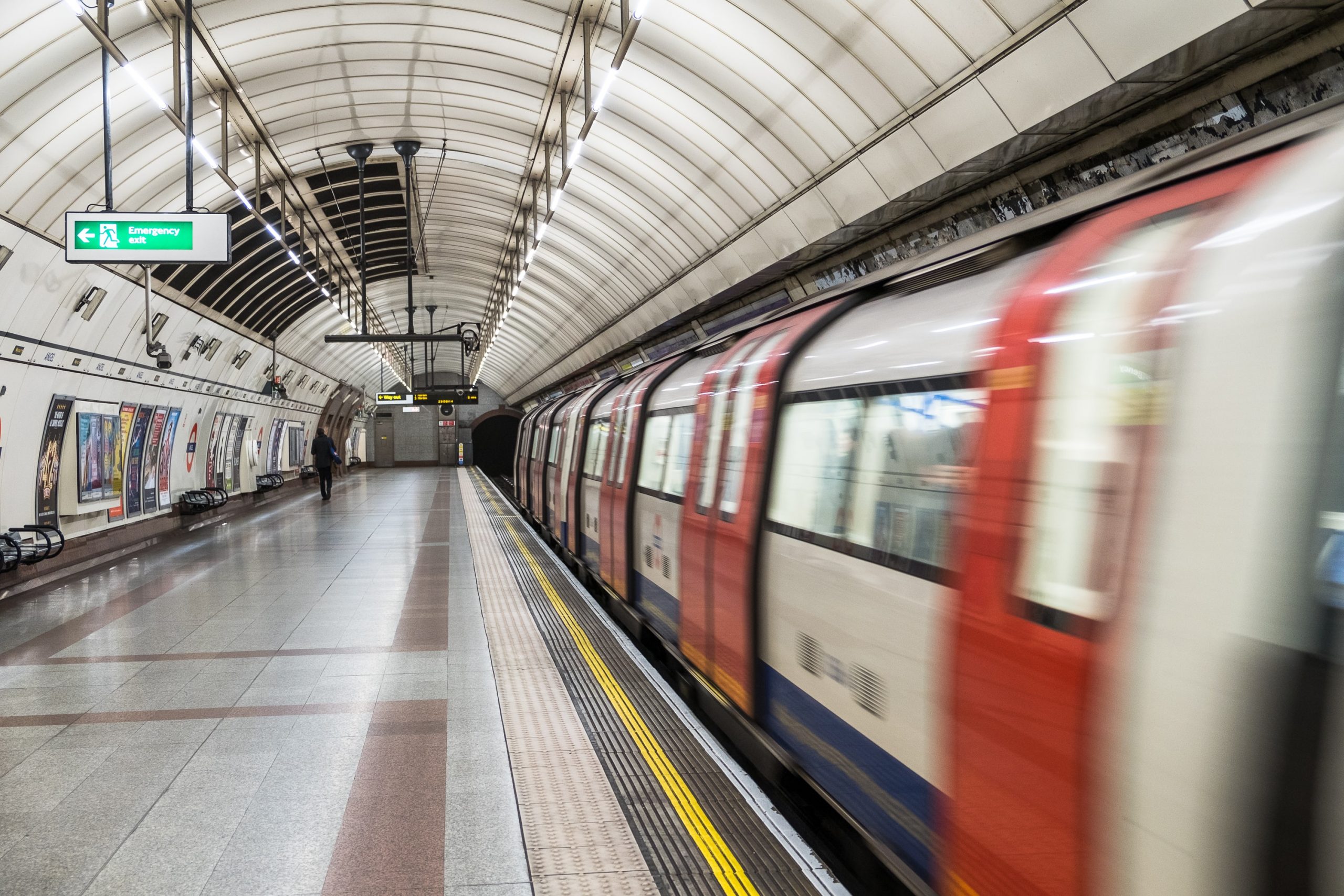Believe it or not, it’s been a month since Virtual Forum, when many destination marketers gathered to discuss the COVID-19 crisis and strategies for their organizations. Today, many places remain in travel lockdown as the tragic losses of lives and livelihoods continue. DMOs are doing their best to mitigate the impact, and some places are taking steps to reopen – each in a different way.
We’ve been working on crisis responses for DMOs (and our own business) throughout the pandemic, which gives us insight into the gradual tourism restart that is ahead. Our clients include organizations of many sizes, from nations like Bermuda to states like Colorado to cities like Campbell River, Canada. Though every DMO is different, many approaches to handling COVID-19 remain relevant everywhere.
Here are some observations and insights to help you fulfil your role as a destination marketer during the pandemic.
1) Reopening a destination is a slow, gradual process
Many regions have released plans to reopen for business when the health risks are low enough. These plans are gradual and methodical. Take the Re-Open Saskatchewan Plan, for example. This Canadian province outlines five stages between lockdown and the lifting of all restrictions. Specific dates are set for early stages, but the plan emphasizes that “The timing and order of each phase is subject to change throughout the process based on a continuous assessment.” A lot can happen between now and then, in other words. Campgrounds open up early on, while indoor gatherings are banned until the end. Heavy social distancing guidelines remain in place throughout.
Bottom line: It’s hard to pinpoint exactly when to start promoting travel and which activities to promote. The reality is that in many places, even with a strong plan like Saskatchewan’s, it’s too early to tell. In this fluid situation, it will be difficult to guarantee when specific activities will be open. There is also the possibility that your destination will move back and forth between levels of restriction. Your strategies and campaign execution will need contingency plans based on scenarios. Beaches that are open today may not be open tomorrow, which will force DMOs to respond and potential travellers to change plans.
2) Your DMO’s role as public servant: Promote safe behaviour
In our planning and communications, we are careful not to encourage travel that could lead to irresponsible behaviour. Residents and travellers must follow health guidelines, including social distancing. Most of the plans we work on and see have the goal of promoting safe behaviour instead of travel in general. Promoting safe travel is so important because no one wants the tourism industry to be responsible for a second wave of infection and illness.
Bottom line: The tourism industry can’t be seen as ruining it for the rest of us. Consider investing some of your effort in emphasizing safe travel during the early stages of reopening. You may find opportunities to coordinate and spread messages further by working with the local government departments that will be responsible for messages of public safety.
3) Your DMO’s role as business coach: Prepare tourism operators to run a restricted business
Tourism businesses will need to adjust their operations when they reopen under restrictions. Many grocery stores have strict limits on the number of shoppers allowed in at once, for example. Governments will mandate many of these guidelines. However, during this pandemic, new restrictions are often published with urgency, leaving very little time for businesses to implement solutions.
Bottom line: Find ways to help your tourism industry prepare to reopen. You might do this by guiding operators to the latest information and showing them local examples of best practice. Highlight these businesses in public communications to encourage others to learn from them and help to set visitor or customer expectations.
4) Your DMO’s role as a teacher: Prepare communities to host travellers
In some places, residents don’t feel ready to welcome visitors. Understandably, some people fear that travellers will bring the virus with them, along with unnecessary danger to their vulnerable communities. Likewise, some would-be travellers will likely remain hesitant to visit for longer than others, even after businesses open completely. As restrictions ease, DMOs need to start preparing their residents to welcome visitors, and vice-versa.
Bottom line: Make sure residents know what is being done to protect visitors, locals and businesses. Communicate clearly and transparently about the guidelines that are in effect, referencing any statements from public health officials that encourage or allow travel, and under what specific conditions.
5) Consider those most likely to travel first when places reopen
Some of our research related to target audiences leading up to the restart phase has identified these groups as ones to watch:
- Those visiting friends and family they haven’t seen for a long time,
- People who live their passion by doing the things they haven’t been able to in lockdown (They may also live their passion locally when they would typically live it elsewhere.),
- Local or regional travellers who would typically travel far away,
- Millennials seeking an adventurous outdoor lifestyle,
- Business travellers.
This rapidly changing time requires agility and compassion from business leaders. Put your passion for tourism and travellers to work: adopt roles that meet the needs of this moment, communicate responsibly and think to the future to help your destination position itself for the best possible outcomes as travel restarts.
Support for your DMO
From Bermuda to California to Campbell River, our team helps tourism destinations respond to crises and work toward recovery with poise and confidence. Speak to us to learn about our collaborative approach to strategy, communications, and creative solutions or click here to send us your RFP.
Feature image credit: Pau Casals, Unsplash










0 Comments